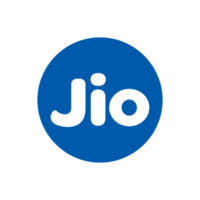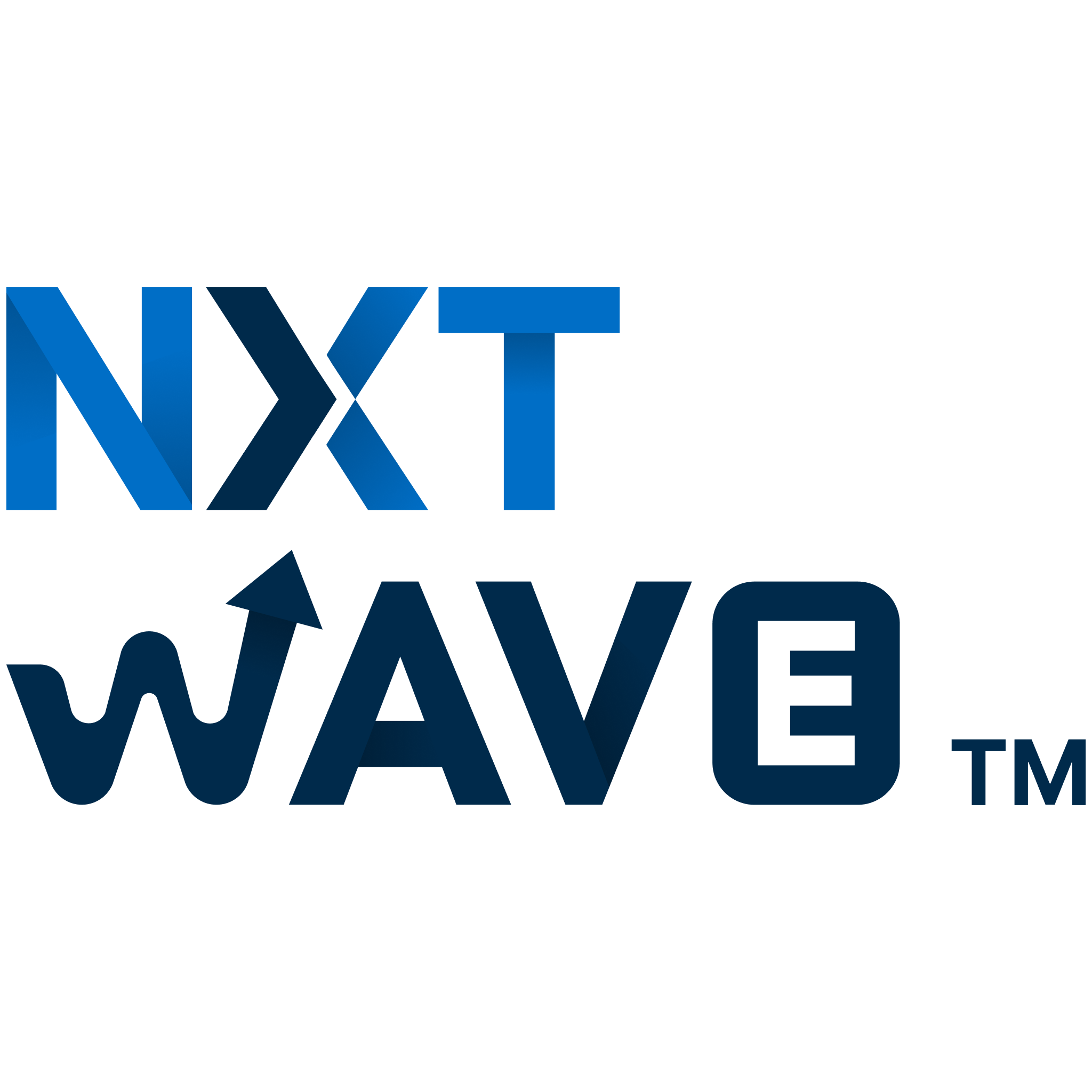At Versatile, we understand that hiring the right designer is crucial to the success of any project. Whether you’re rebranding, designing a new website, or developing a product, the designer you choose will play a pivotal role in bringing your vision to life. With so many types of designers and skill sets to consider, the hiring process can be daunting. That’s why we’ve created this comprehensive guide to help you navigate the process. From understanding different types of designers to making the final hiring decision, we’re here to guide you every step of the way.
Understanding the Different Types of Designers
The first step in finding the right designer for your project is understanding the various roles within the design field. At Versatile, we recognize that different projects require different expertise, and knowing what type of designer you need is key to a successful hire.
- Graphic Designers: If your project involves visual elements like logos, brochures, or branding materials, a graphic designer will be essential. They are skilled at creating compelling visuals that communicate your brand’s message effectively.
- Web Designers: For projects centered around website creation or redesign, web designers focus on the overall look, feel, and functionality of your site. They ensure that your website is both visually appealing and user-friendly.
- UX/UI Designers: User Experience (UX) and User Interface (UI) designers are experts in crafting designs that are intuitive and easy to use. If your project involves digital products or interfaces, a UX/UI designer will help enhance the overall user experience.
- Product Designers: If you’re working on a tangible product or a digital tool, product designers will ensure that your product is both functional and visually appealing. They consider every aspect of the product’s design, from usability to aesthetics.
At Versatile, we help you understand these distinctions so you can match your project needs with the right design expertise.
Defining Your Design Needs
Before beginning your search, it’s essential to clearly define your design needs. At Versatile, we believe that a well-defined project scope is the foundation of a successful hiring process.
- Identify the Project Scope: Determine what you need the designer to accomplish. Are you looking for a one-time project, like a logo design, or do you have ongoing design needs, such as maintaining a website or app?
- Determine the Required Skills: Based on the scope of your project, identify the specific skills and expertise needed. For example, if you’re designing an app, strong UX/UI skills will be crucial.
- Craft a Compelling Job Description: With a clear understanding of your project needs, you can create a job description that attracts top talent. Be specific about the responsibilities, required skills, and any other qualifications that are important to you.
By defining your needs upfront, you’ll set the stage for a smoother hiring process and ensure that both you and the designer are aligned from the start.
Where to Find Designers
Once your design needs are clear, the next step is finding the right candidates. At Versatile, we explore various options to help you connect with talented designers who match your specific requirements.
- Freelance Platforms: Websites like Upwork, Fiverr, and Toptal are excellent resources for finding freelance designers. Freelancers offer flexibility and can be a great fit for short-term projects.
- Design Agencies: If you need a broader range of skills or have a large-scale project, working with a design agency might be the best option. Agencies bring a team approach but tend to be more costly.
- In-House Designers: For ongoing design work, hiring an in-house designer ensures consistent quality and close collaboration. While it requires a greater investment, it’s ideal for companies with continuous design needs.
Versatile helps you weigh the pros and cons of each option so you can make an informed decision that aligns with your project’s goals and budget.
Evaluating Design Portfolios
A designer’s portfolio is a window into their capabilities and style. At Versatile, we prioritize evaluating portfolios to ensure that the designer’s previous work aligns with your project’s needs.
- Look for Relevant Experience: Does the designer’s portfolio include work that is similar to your project? Relevant experience is a strong indicator that they can deliver what you need.
- Assess the Quality of Work: Examine the overall quality of the designs. Are they visually compelling? Do they demonstrate creativity and attention to detail?
- Watch for Red Flags: Be cautious of portfolios that lack variety, show inconsistent quality, or feature outdated designs. These could be signs that the designer may not be the best fit for your project.
By thoroughly reviewing portfolios, Versatile ensures that we only recommend designers who meet the highest standards and are well-suited to your specific needs.
Interviewing Designers
After narrowing down your list of potential designers, the next step is interviewing. At Versatile, we understand the importance of asking the right questions to assess both the designer’s skills and their fit with your team.
- Prepare Key Questions: Ask about their design process, how they handle feedback, and their experience with similar projects. Questions like, “Can you walk me through your approach to a recent project?” can provide valuable insights.
- Evaluate Problem-Solving Skills: Design is as much about problem-solving as it is about creativity. Ask candidates to describe a challenge they faced in a previous project and how they overcame it.
- Assess Soft Skills and Cultural Fit: Good design often requires collaboration. We help you evaluate the designer’s communication skills, responsiveness, and ability to work within your team’s culture.
By conducting thorough interviews, Versatile ensures that you choose a designer who not only has the technical skills but also aligns with your company’s values and work style.
Conducting a Design Test
In some cases, a design test can be a valuable tool for assessing a designer’s capabilities. At Versatile, we guide you in creating relevant design challenges that reflect your project’s needs.
- Design a Relevant Test: We help you create a brief that mirrors the type of work the designer would be doing if hired. The test should be simple but aligned with your project goals.
- Evaluate Results Objectively: Focus on how well the designer understood the brief, their creativity, and their approach to problem-solving.
- Provide Constructive Feedback: Whether you decide to hire them or not, giving feedback on their test can help build a positive relationship and leave a good impression of your company.
Versatile’s approach to design tests ensures that you have an accurate assessment of the designer’s abilities before making a final decision.
Making the Final Decision
After evaluating portfolios, conducting interviews, and possibly reviewing design tests, it’s time to make your decision. Versatile helps you weigh all the factors to make the best choice.
- Consider All Factors: We help you balance the candidate’s skills, experience, and how well they align with your project’s needs. Soft skills and cultural fit are also important considerations.
- Make a Compelling Offer: Once you’ve chosen the right designer, we assist in extending an offer that reflects their value and aligns with your budget. Clear communication about timelines, compensation, and expectations is key.
With Versatile by your side, you’ll make a confident hiring decision that sets your project up for success.
Onboarding and Collaboration
Hiring the right designer is just the beginning. Versatile is committed to ensuring a smooth onboarding process and fostering effective collaboration.
- Set Clear Expectations: We help you outline project goals, deadlines, and communication protocols from the start, ensuring everyone is on the same page.
- Establish Regular Check-ins: Regular meetings to review progress, provide feedback, and address any concerns keep the project on track.
- Encourage Collaboration: At Versatile, we believe in fostering a collaborative environment where ideas can be freely exchanged. We support open communication and encourage you to be receptive to the designer’s insights.
By setting up a strong foundation for collaboration, Versatile ensures that your project will be executed smoothly and successfully.
.png)
.png)
.png)
.png)
.png)
.png)
.png)
.png)
.png)
.png)





